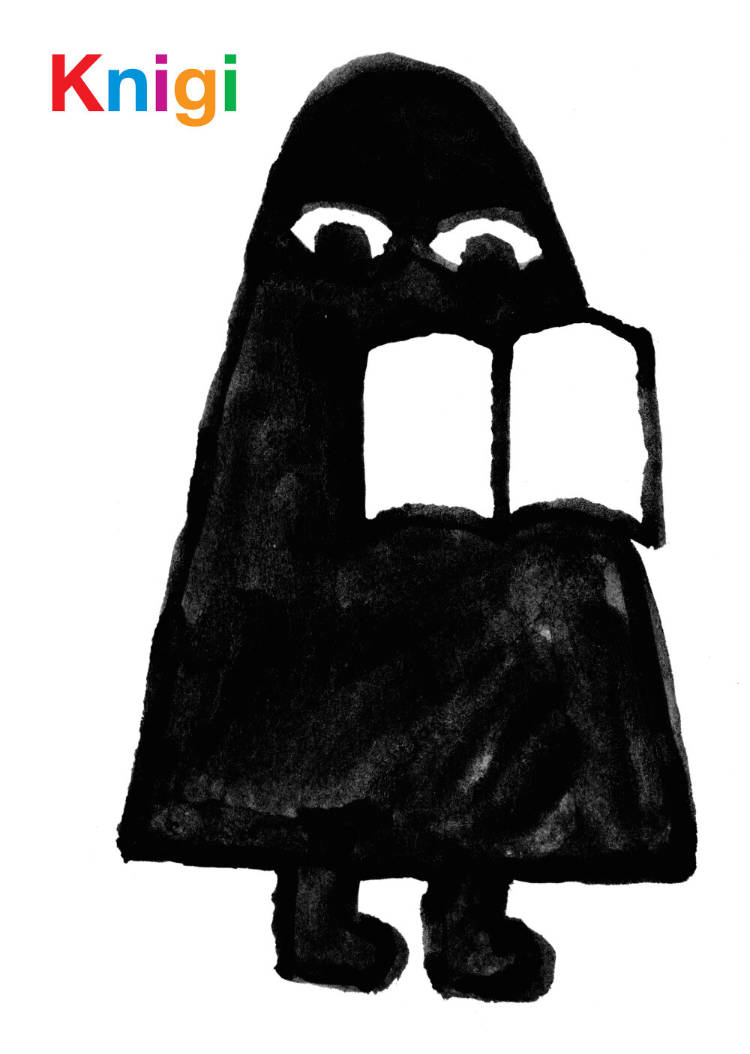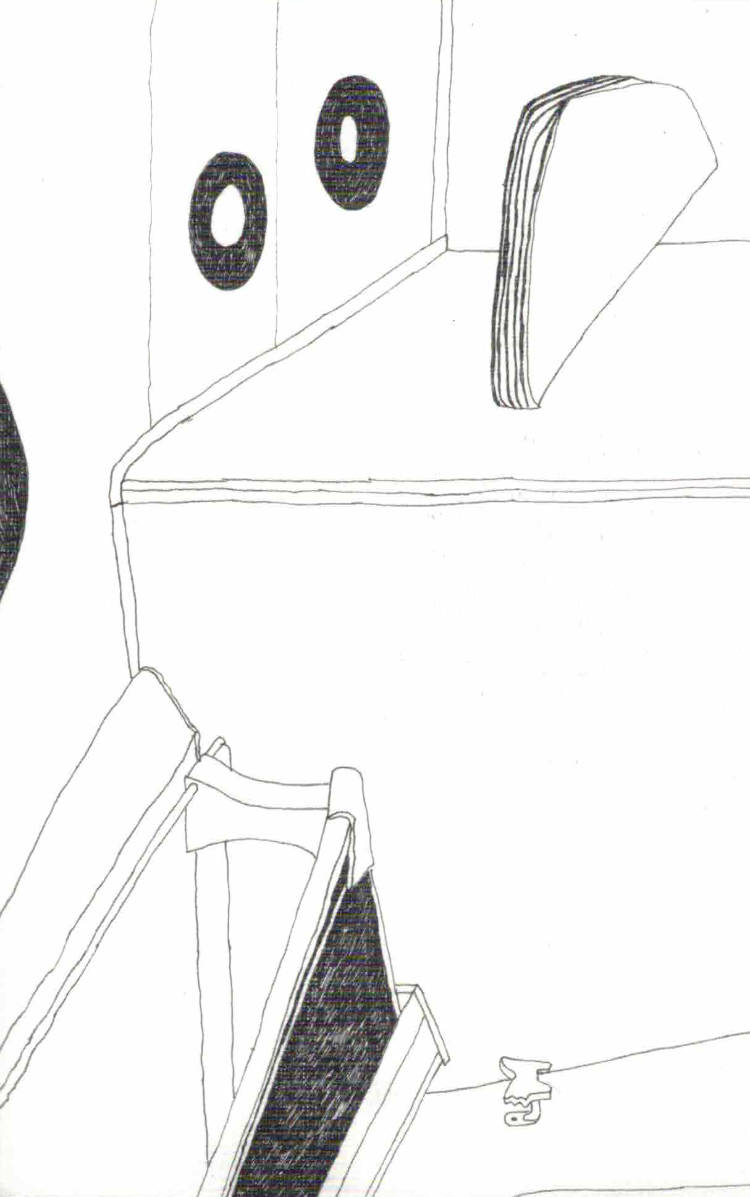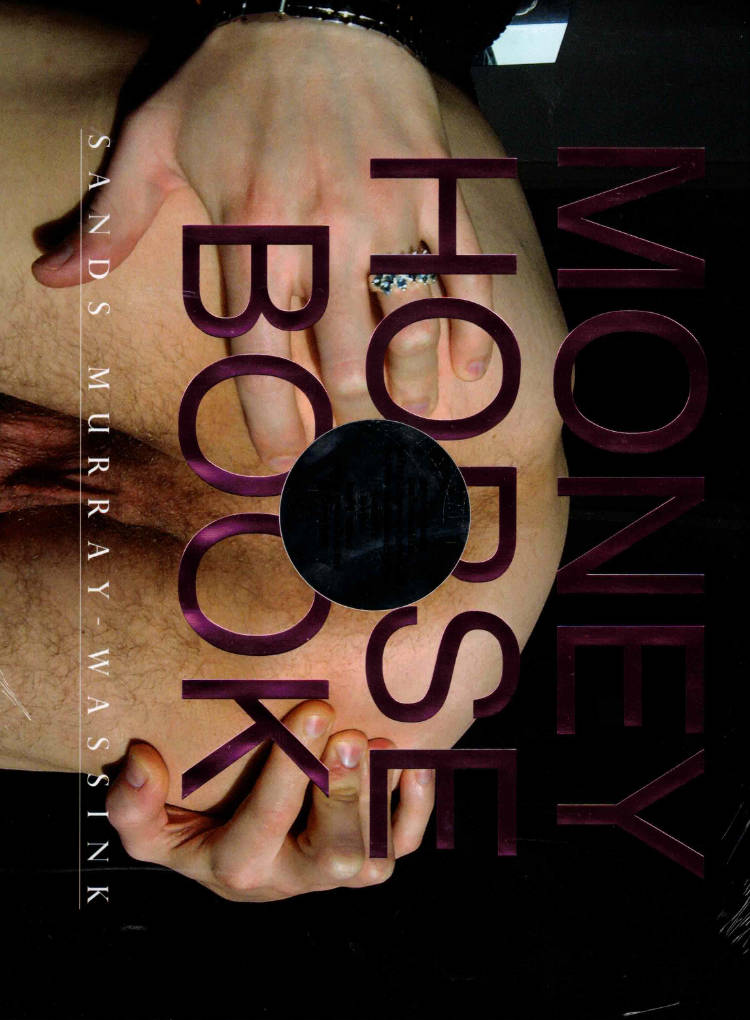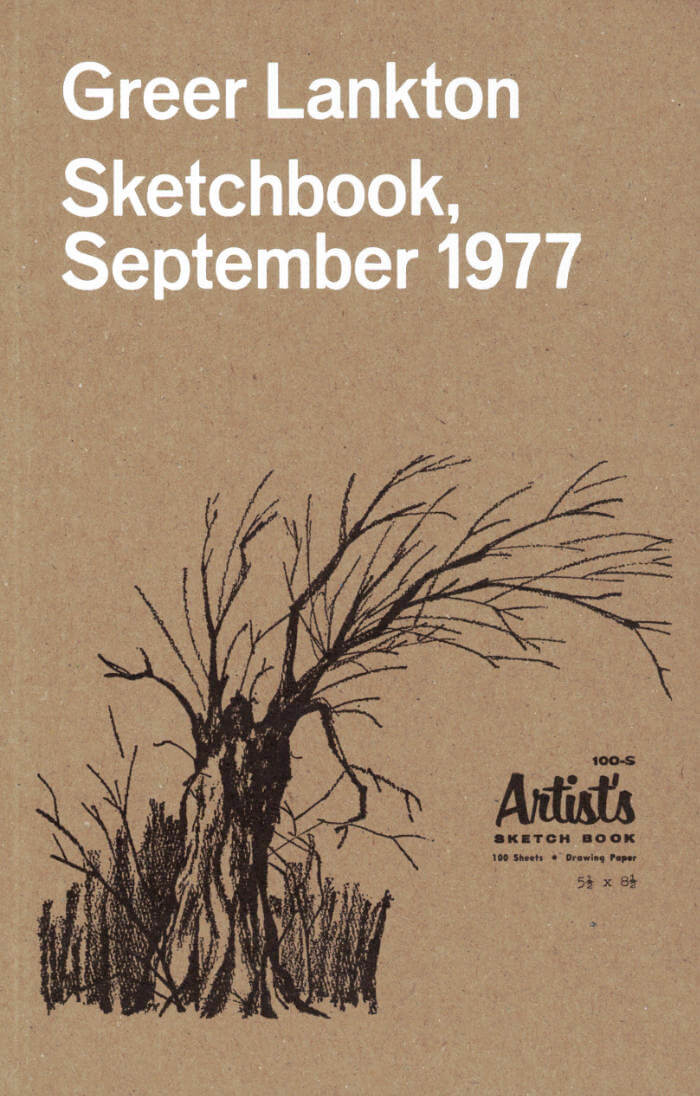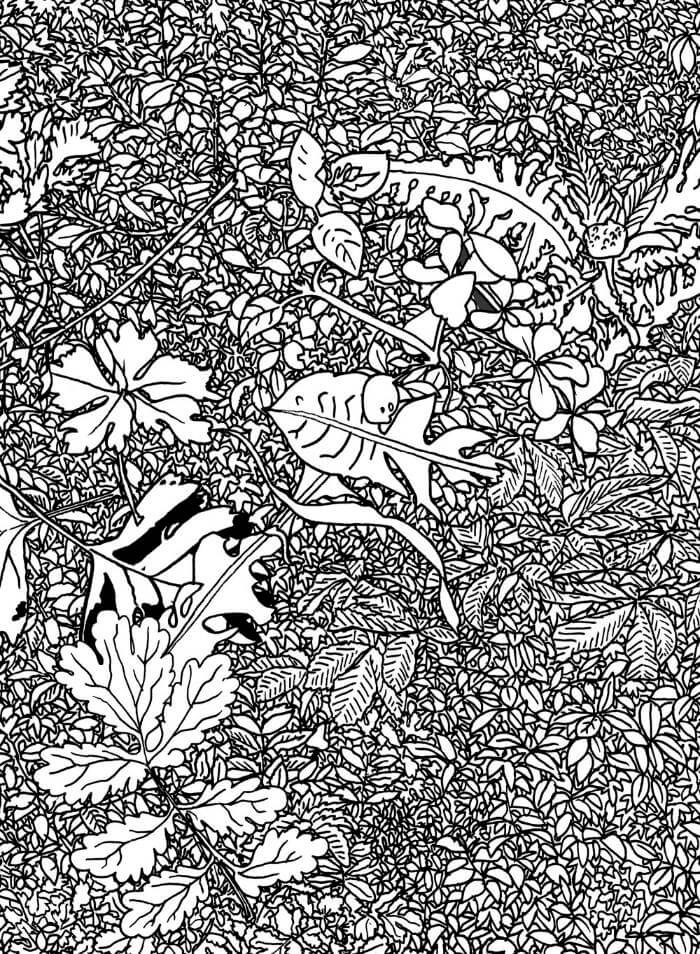
Mille Feuilles
Ingo Giezendanner's wild herbarium.
Density in the foliage, branching of the tree, structure in the bark: this book is entirely dedicated to organic, wild-growing greenery, mostly in black and white, but patterns emerge, the leaves become a frenzy, and grimaces from the thicket smile at us. The volume is deliberately overwhelming, making it impossible to get an overview. Rather this thick paperback serves as a reference for untamable, rampant, sprawling kraut.
Since 1998, Ingo Giezendanner, alias GRRRR, has been documenting the urban spaces in which he has travelled and lived. Apart from his native city of Zurich, his travels have taken him to diverse cities from New York and New Orleans to Cairo, Nairobi, Karachi and Colombo. Everywhere he travels, he captures his surroundings on location with pen on paper. His drawings have been presented in numerous magazines, books and animated films as well as in spacious installations and wallpaintings.
Language: English
